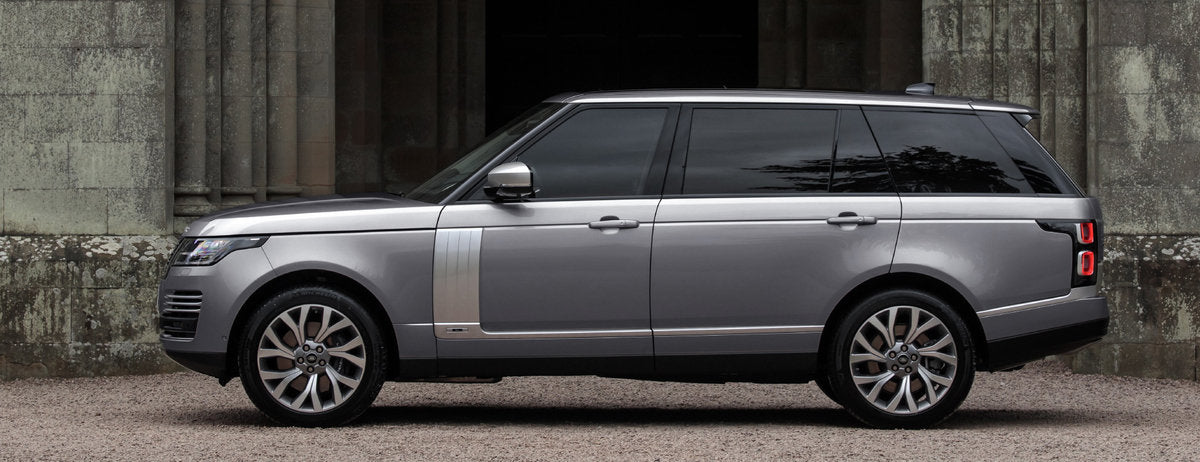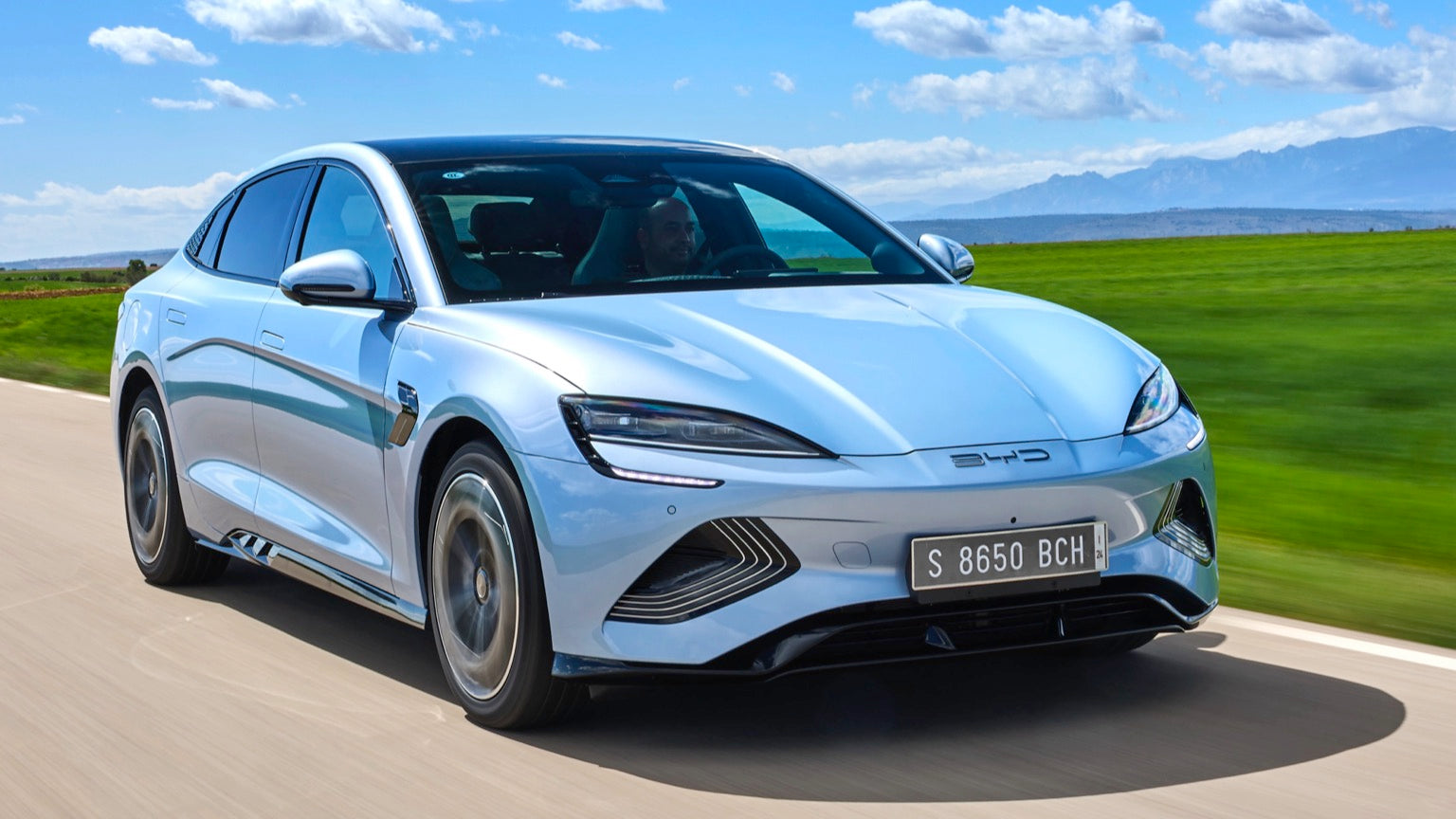Hybrid vehicles refer to the combination of internal combustion engines and electric motors to achieve better fuel efficiency and lower emissions. However, hybrid vehicles are not a uniform concept; they are divided into MHEVs (Mild Hybrid Electric Vehicles) and PHEVs (Plug-in Hybrid Electric Vehicles) based on the role of the electric motor and the charging method of the battery. What are the differences between these two types, and which one is more suitable for you? Let's briefly introduce them below.

Working Principle
MHEV: A small-power electric motor is added to the internal combustion engine, generally powered by a 48V battery. This electric motor cannot drive the vehicle independently but only assists the internal combustion engine in situations such as start-stop and acceleration, reducing fuel consumption and emissions.

There are two forms of electric motors in MHEVs (Mild Hybrid Electric Vehicles): BSG (Belt-Driven Starter Generator) and ISG (Integrated Starter Generator).
BSG: Connected to the engine via a belt, it can provide torque when the engine starts or recover energy during braking.

ISG: Installed directly between the engine and the transmission, it can more effectively control the engine's speed and torque.
MHEV batteries typically use lithium-ion batteries with small capacity and do not require external charging. Battery charging and discharging are mainly achieved through a DC/DC (transformer) that converts 48 volts to 12 volts or other required voltages.
MHEVs operate in the following modes:
Start-Stop Mode: When the vehicle stops, the engine automatically shuts off, and the electric motor remains ready. When a start is needed, the electric motor quickly restarts the engine seamlessly.
Coast Mode: When the vehicle coasts, the engine automatically shuts down, and the electric motor keeps the vehicle moving. When acceleration is needed, the engine automatically restarts and collaborates with the electric motor.
Acceleration Mode: When the vehicle accelerates, both the engine and electric motor simultaneously provide torque, enhancing the vehicle's performance.
Regeneration Mode: When the vehicle brakes or decelerates, the engine shuts off or reduces output, and the electric motor acts as a generator, recovering braking energy to charge the battery.
The working principle of MHEVs is relatively simple but effectively improves fuel economy and emissions performance. MHEVs can reduce fuel consumption and CO2 emissions by approximately 10% to 15%.
PHEVs (Plug-in Hybrid Electric Vehicles), on the other hand, combine electric motors and internal combustion engines for a more efficient and environmentally friendly driving mode. PHEVs have a charging port that allows external charging of the battery. They can also charge the battery through the engine or regenerative braking. PHEVs can choose between pure electric mode, hybrid mode, or range-extender mode depending on driving conditions.
In pure electric mode, the vehicle is solely powered by the battery and electric motor, suitable for short-distance, low-speed driving.
In hybrid mode, the engine and electric motor provide power simultaneously or interchangeably, suitable for medium to long-distance, high-speed driving.
In range-extender mode, the engine is used solely to charge the battery and does not directly drive the wheels, extending the driving range when the battery is low on charge.
Advantages and Disadvantages:
MHEV (Mild Hybrid Electric Vehicle):
Advantages:
- Improves the smoothness of engine start-stop and driving experience.
- Reduces engine fuel consumption and emissions.
- Reduces reliance on battery capacity and charging infrastructure.
- Lowers the cost and weight of hybrid systems.
Disadvantages:
- Cannot achieve pure electric driving mode.
- Does not qualify for policy incentives for new energy vehicles.
- Does not significantly enhance vehicle performance.
PHEV (Plug-in Hybrid Electric Vehicle):
Advantages:
- Can achieve pure electric driving mode, suitable for short-distance, low-speed driving.
- Qualifies for policy incentives for new energy vehicles, such as green license plates and free parking.
- Can charge the battery using an external power source, reducing reliance on gasoline.
- Can use the engine to charge the battery, extending the driving range.
Disadvantages:
- Requires both charging and refueling, increasing operating costs and inconvenience.
- Depends on the distribution and availability of charging infrastructure, potentially facing charging challenges.
- Entails larger battery capacity and the added cost and weight of hybrid systems.

In conclusion, both MHEV and PHEV have their own advantages and disadvantages. If you only want to slightly improve fuel efficiency, prefer not to spend too much money, and don't want the hassle of charging, then MHEV may be a good choice. If you aim to minimize emissions, enjoy the benefits of new energy policies, and are willing to invest more money and time in charging, then PHEV might be a better fit for you.



